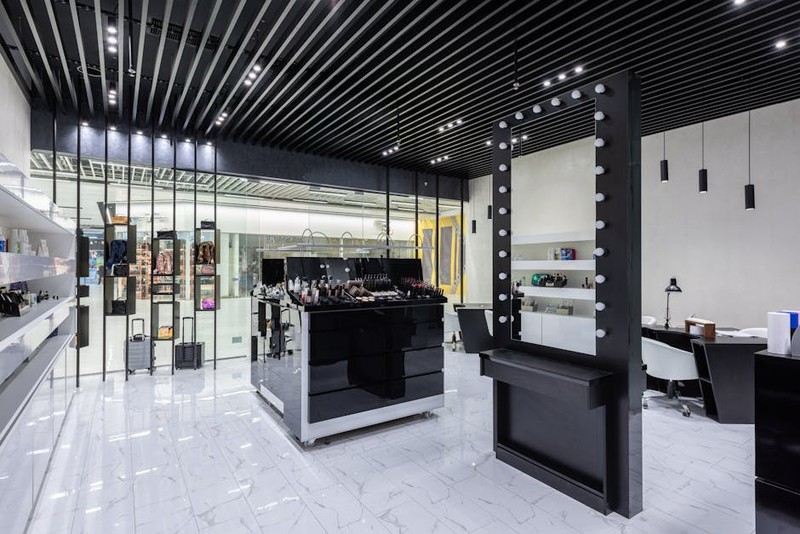Expert Strategies for Scalable Luxury
1. Tiered Customization Frameworks (🔍 Data-Driven Approach)
Divide offerings into tiers to manage client expectations and production efficiency:
| Tier | Customization Level | Lead Time | Price Premium |
|---|---|---|---|
| 1 | Standard (pre-set finishes) | 2-4 weeks | 0% |
| 2 | Semi-Custom (material swaps) | 4-6 weeks | 15% |
| 3 | Full Bespoke (client-driven design) | 8-12 weeks | 40% |
Case Study: A London retailer reduced client disputes by 60% after implementing this model, while increasing upsells to Tier 2.
2. Material Libraries: Curated, Not Infinite (💡 Pro Tip)
- Partner with 3-5 trusted suppliers for “approved luxury materials” (e.g., Carrara marble, aged brass).
- Avoid analysis paralysis: Offer 10 premium fabric swatches instead of 100. In a NYC penthouse project, this cut decision time by 70%.

3. Digital Prototyping: Speed Without Sacrifice (⚙️ Innovation)
Use 3D rendering tools to visualize customizations in real-time. One German manufacturer slashed sample costs by 45% by replacing physical prototypes with VR walkthroughs.

Lessons from the Field: A High-Stakes Case Study
Project: Dubai Luxury Hotel Lobby
Challenge: The client demanded 100 unique lounge chairs, each with hand-embroidered motifs reflecting local heritage.
Solution:
1. Modular Bases: Standardized frames with interchangeable upholstery panels.
2. Local Artisans: Partnered with a Dubai atelier for embroidery, reducing shipping costs by 30%.
3. Phased Delivery: Staggered production to meet the hotel’s opening timeline.
Outcome: Delivered on time with a 22% profit margin (vs. the industry’s 12% average for bespoke).
Actionable Takeaways for Designers and Retailers
- Bold Moves: Limit true bespoke to 20% of offerings—reserve it for flagship clients.
- Tech Integration: Invest in configurator software to let clients “design” within pre-set parameters.
- Supplier JIT Agreements: Negotiate just-in-time contracts for exotic materials to avoid deadstock.
Luxury customization isn’t about saying “yes” to everything—it’s about strategic “no’s” that protect craftsmanship and profitability. The future belongs to brands that marry artisan traditions with industrial precision.
